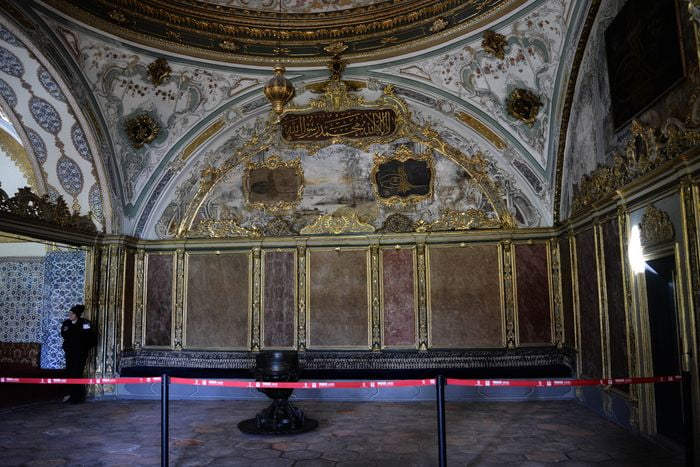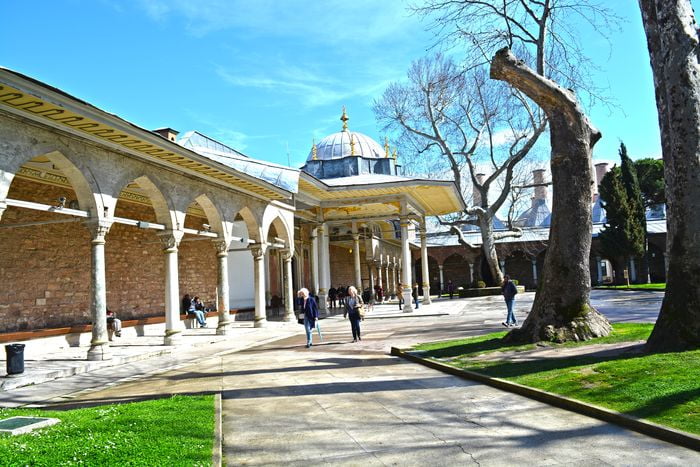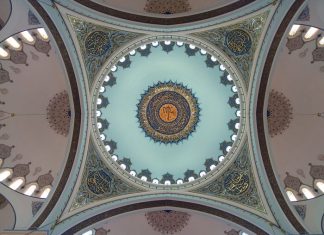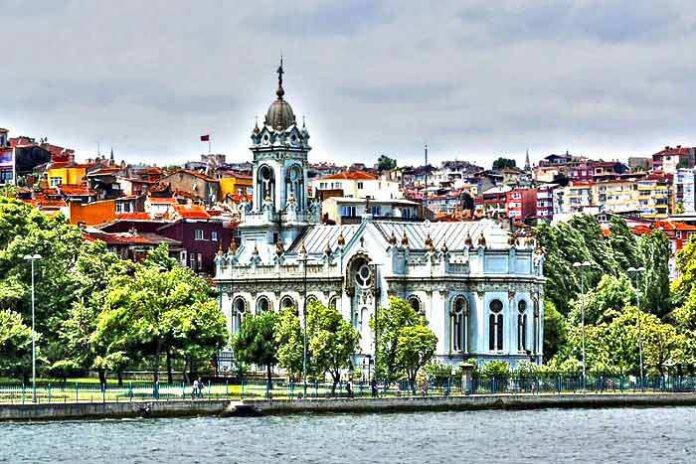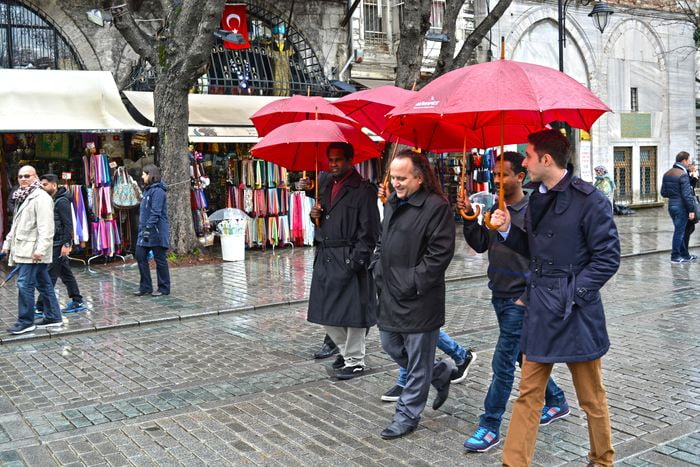And after the second veil, the tabernacle, which is called the Holy of Holies; having a golden censer, and the ark of the testament covered about on every part with gold, in which was a golden pot that had manna, and the rod of Aaron that had blossomed, and the tables of the testament. And over it were the cherubims of glory overshadowing the propitiatory.” (Heb. 8.13; 9.2-5) And again: “For Jesus is not entered into the Holies made with hands, the patterns of the true; but into heaven itself.” (Heb. 9.24) And again “For the law having a shadow of the good things to come, not the very image of the things.” (Heb. 10.1)
You see that the law and everything it ordained and all our own worship consist in the consecration of what is made by hands, leading us through matter to the invisible God. Now the law and all its ordinances were a foreshadowing of the image in the future, that is, of our worship. And our worship is an image of the eternal reward. As to the thing itself, the heavenly Jerusalem, it is invisible and immaterial, as the same divine apostle says: “We have not here an abiding city, but we seek for the one above, the heavenly Jerusalem, of which God is Lord and Architect.” (Heb. 13.14; 11.10) All ordinances of the law and of our worship have been directed for that heavenly city. To God be praise for ever. Amen.
TESTIMONY OF ANCIENT AND LEARNED FATHERS TO IMAGES.
St John Chrysostom. From His “Commentary on the Parable of the Sower.”
If you despise the royal garment, do you not despise the king himself? Do you not see that if you despise the image of the king, you despise the original? Do you not know that if a man shows contempt for an image of wood or a statue of metal, he is not judged as if he had vented himself or lifeless matter, but as showing contempt for the king? Dishonour shown to an image of the king is dishonour shown to the king.
The same, from his Sermon to St Meletius, Bishop of Antioch, and on the zeal of his hearers, beginning, “Casting his eyes everywhere on this holy flock.”
What took place was most edifying, and we ought always to bear this consolation in mind, and to have this saint before our eyes, whose name was invoked against every bad passion and specious argument. This was so much the case that streets, market-place, fields, every nook and corner rang with his name. Not only have you longed to invoke him, but to look upon his bodily form. As with his name so with his image. Many people have put it on their rings and goblets and cups and on their bedroom walls, so as not only to hear his history but to look upon his physical likeness, and to have a double consolation in his loss.
Read More about Apologia of St John Damascene Against those who Decry Holy Images Part 10

